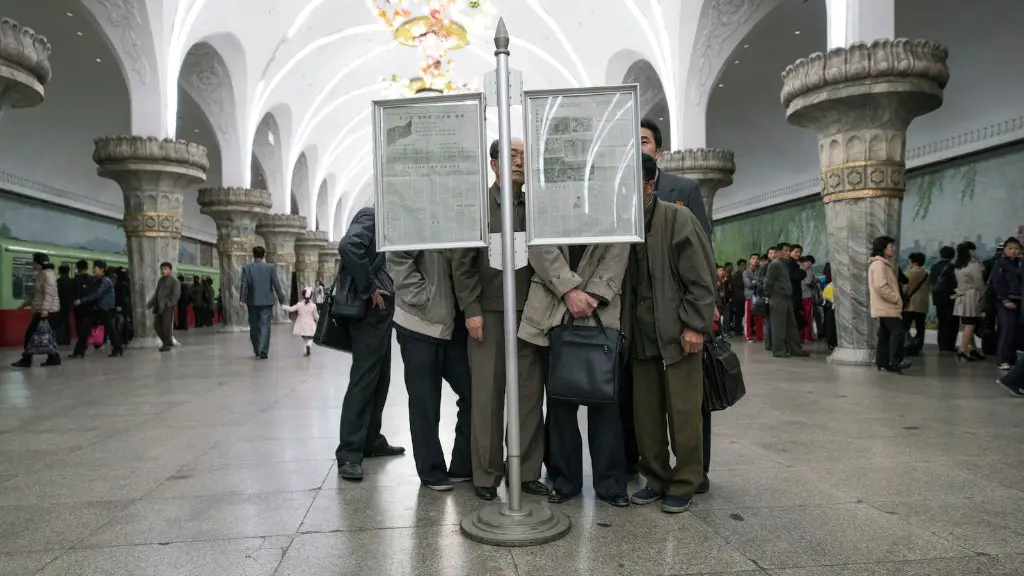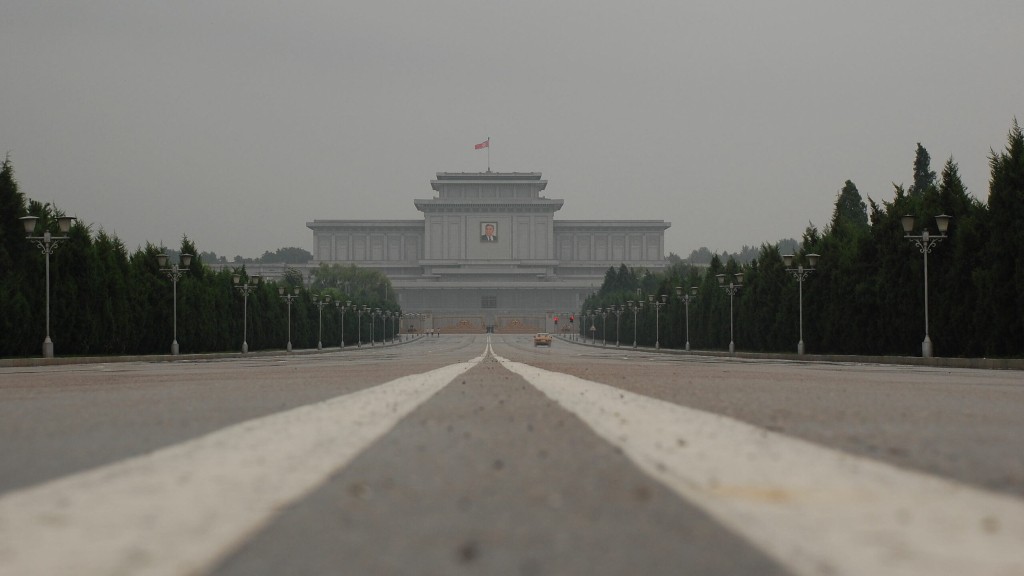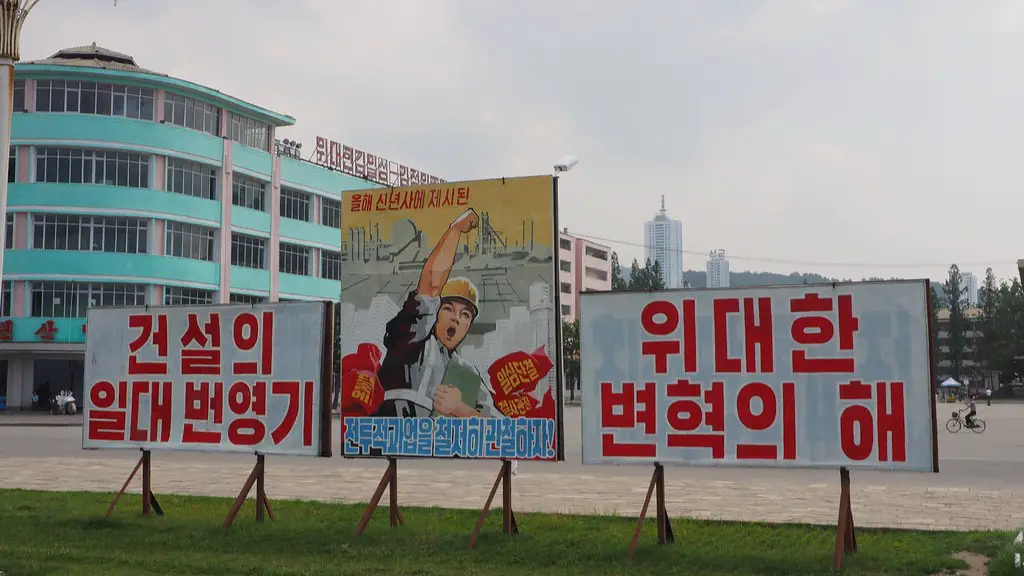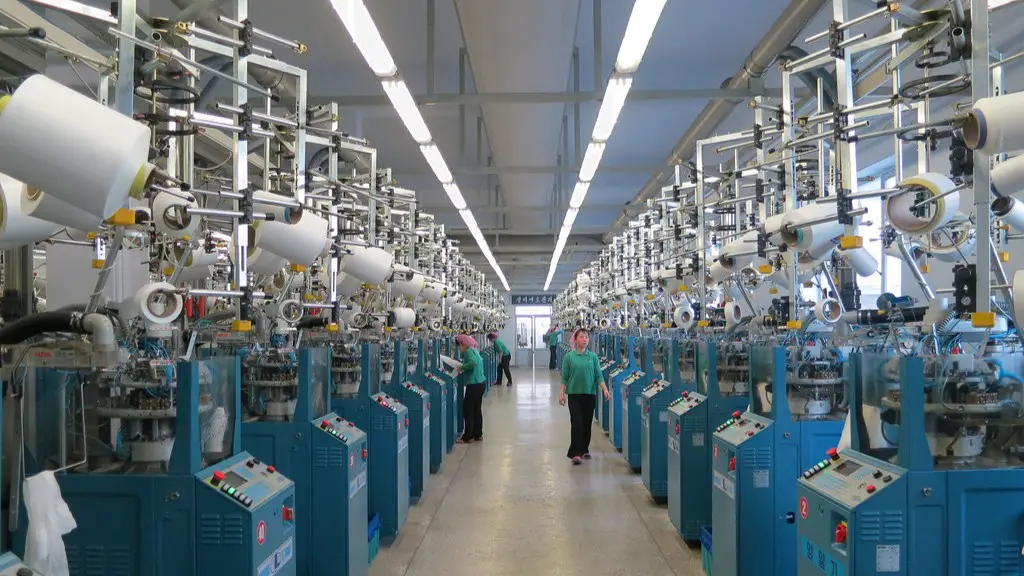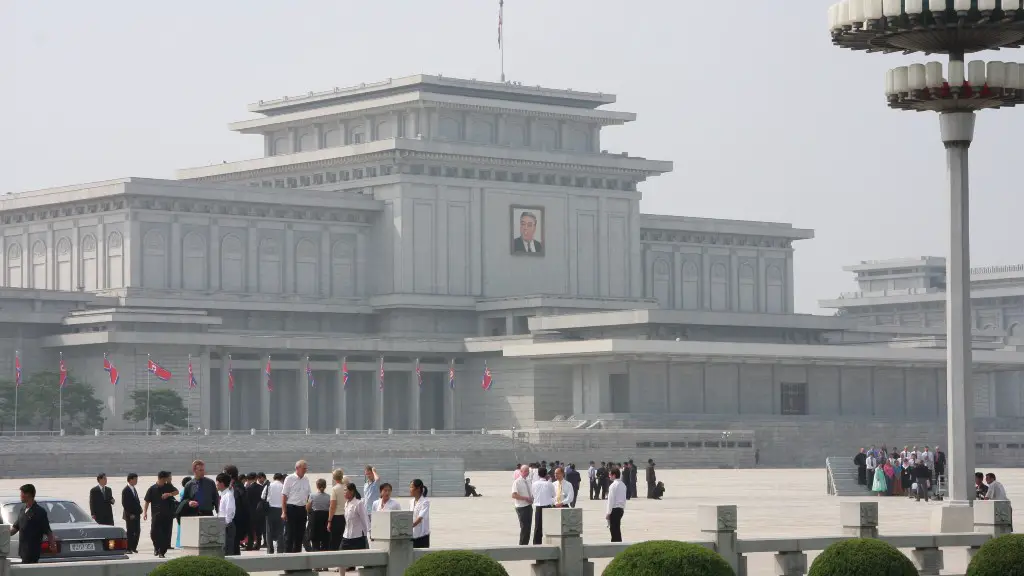The economy of Cuba is a planned economy and differs from a free market economy. The Cuban government owns and controls most of the means of production and sets production quotas for various industries. This centrally planned economy has been in place since the early 1960s, when Fidel Castro overthrew the Cuban government and established a communist state. North Korea’s economy is also centrally planned, but its Planned Economy is based on the Juche ideology, which prioritized self-reliance. North Korea’s centrally planned economy has been in place since the 1950s.
There are a few key ways in which the economy of Cuba differs from that of North Korea. For one, Cuba has a much more diversified economy, with a greater focus on sectors such as tourism and agriculture. Additionally, Cuba has a much higher GDP per capita than North Korea, and its economy is overall more open to foreign investment and trade. Finally, Cuba’s economic growth has been relatively steady over the past few decades, while North Korea’s economy has been more volatile.
What kind of economy does Cuba have?
The Cuban economy is a mix of state-run enterprises and private businesses. The government dominates the economy, but there has been an increase in private businesses and worker co-operatives in recent years. The Cuban labor force is mostly employed by the state, but there is a growing number of self-employed workers.
A command economy is one in which the government controls all aspects of the economy, from production to distribution to pricing. A mixed economy is one in which the government intervenes in some areas of the economy, but not others. The free market is the economic system that is most prevalent in the world today. It is based on the law of supply and demand, and there is little or no government intervention.
How does command economy differ from market economy
A command economy is one in which the government owns the factors of production and sets prices and production schedules. A market economy is one in which prices are set by supply and demand. Most nations operate largely as a command or market economy but all include aspects of the other.
The United States market economic system supports private ownership of the factors of production while in Cuba’s command economic system, the government owns all or most of the factors of production. There are not many similarities between the two economic systems except that they both tend to support economic growth.
What type of economy does North Korea have?
The North Korean economy is centrally planned, following the Juche ideology. The role of market allocation schemes is limited, although there has been some recent liberalization. The economy remains highly centralized, with the government controlling most aspects of economic activity.
It is interesting to note that for three decades after World War II, a significant portion of the world’s population lived under a planned-socialist economic system. Today, however, only Cuba and North Korea remain as countries with this type of system in place. This change is likely due to a variety of factors, including the fall of the Soviet Union and the rise of capitalism in many parts of the world.
What are the 3 main economic systems?
Command economic systems are those in which the government make all economic decisions. This can be seen in communist countries, where the government owns all factors of production and makes all decisions about what will be produced, how it will be produced, and who will get the output.
Market economic systems are those in which economic decisions are made by individuals in the marketplace. This is the type of system that exists in the United States, where individuals and businesses decide what to produce and how to produce it, and market forces determine who gets the output.
Mixed economic systems are those in which both the government and individuals in the marketplace make economic decisions. This is the type of system that exists in most countries, where the government makes some decisions and individuals make others.
An economic system is a set of mechanisms that a society uses to produce and distribute goods and services. There are four main types of economic systems: traditional economies, command economies, market economies, and mixed economies.
A traditional economy is based on agriculture and the barter system. People in a traditional economy typically live in extended family units and make decisions based on custom and tradition.
A command economy is centrally planned and run by the government. The government owns all businesses and makes all decisions about what will be produced and how it will be distributed.
A market economy is based on supply and demand. Businesses and consumers make decisions about what to buy and sell, and prices are determined by the interaction between buyers and sellers.
A mixed economy combines elements of a market economy with elements of a command economy. The government usually owns some businesses, but there is also a private sector. Prices are determined by the market, but the government may intervene to protect certain industries or groups of people.
What are 3 advantages and 3 disadvantages of a command economy
A command economy has several advantages and disadvantages.
Advantages include low levels of inequality and unemployment, and the common objective of replacing profit with equality as the primary incentive of production. Disadvantages of command economies include lack of competition, which can lead to lack of innovation, and lack of efficiency.
There are five distinct types of economic systems, each with their own unique advantages and disadvantages. Traditional economic systems are based on inheritance, while command economic systems are based on a central authority. Centrally planned economic systems are based on a central government, while market economic systems are based on supply and demand. Mixed economic systems are a blend of two or more of the other systems.
What economic system is best?
There is no question that capitalism has been the most successful economic system in history. It has produced wealth and innovation on a scale unmatched by any other system, and has improved the lives of billions of people around the world.
However, capitalism is not perfect. It has its fair share of problems, chief among them being inequality and instability. But, despite its shortcomings, capitalism remains the best hope for a prosperous and free world.
A command economy is one in which the government centrally planned and controlled the means of production. This type of economy was seen in Cuba, North Korea, and the former Soviet Union. China maintained a command economy until 1978 when it began its transition to a mixed economy that blends communist and capitalist elements.
What makes Cuba a command economy
The Cuban government has complete control over the country’s economy and there is no real market for goods or services. The government decides what will be produced and how it will be distributed. This means that there is very little competition and private enterprise is essentially non-existent. The government also sets wages and prices for goods and services. This can often lead to inefficiencies and shortages, as there is no real incentive for businesses to become more efficient or produce more than what the government has demanded.
The comparative advantage of the Cuban economy lies in the production of raw sugar and sugar confectionery, tobacco, hard liquor, and nickel mattes. These products all require relatively low levels of capital and labor to produce, and the Cuban economy is well-suited to producing them. Moreover, the Cuban government has policies in place that encourage the production of these products. For example, the government provides subsidies to sugar producers and imposes high import tariffs on sugar imports.
Why does Cuba have a lower unemployment rate than the US?
Cuba’s lower unemployment rate can be partially attributed to the declining 0-14 year old population. This population has been steadily declining since the mid-1970s, resulting in fewer employees entering into Cuba’s workforce.
North Korea’s economic freedom score is 30, making its economy the 177th freest in the 2022 Index. North Korea is ranked 39th among 39 countries in the Asia–Pacific region, and its overall score is below the regional and world averages. The country’s score has declined by 6.7 points since 2020, primarily because of Drops in fiscal health and fiscal freedom scores. North Korea ranks as one of the world’s most centrally planned and least free economies. Subsidy-driven incentives, directed credit, and rigid pricing controls under the government’s chaebol-type conglomerates (autonomous entities that are subject to minimal state interference) lead to a high degree of inefficiency, and economic activity remains stifled.
Why is North Korea’s economy poor
North Korea’s economic overview is pretty bleak. The industrial capital stock is in severe disrepair, due to years of underinvestment, shortages of spare parts, and poor maintenance. This has led to major problems with chronic economic growth and development.
Based on the information provided by The factbook, North Korea’s primary industries are focused on military production, machine manufacturing, electrical power generation, chemicals, mining, metallurgy, textiles, food processing, and tourism. These industrial areas likely produce the majority of the goods and services consumed within North Korea, and generate the most revenue for the country. North Korea’s heavy focus on military production is likely due to the country’s history of conflict and tension with its neighbors, as well as its need to maintain a strong military presence to deter potential aggressors. machine manufacturing, mining, and metallurgy are also likely key industries due to the country’s rich natural resources, which can be used to produce a variety of goods. North Korea’s tourism industry is likely relatively small compared to its other industries, but it nonetheless provides an important source of revenue for the country.
Final Words
The economic systems of Cuba and North Korea are both based on central planning by the state, but there are some key differences. Cuba’s economy is much more open to international trade and investment than North Korea’s, which is heavily isolated. Cuba also has a much higher standard of living than North Korea, with better health and education outcomes. There is also more political freedom in Cuba than in North Korea.
The economy of Cuba is a planned economy and is centrally controlled by the Communist Party of Cuba. The country’s economy is dominated by the state and the public sector; private ownership is limited to non-agricultural businesses. Cuba is one of the only countries in the world that has a single-party socialist political system. The North Korean economy is a command economy, which is also centrally controlled by the country’s Workers’ Party. The economy is primarily based on agriculture and heavy industry, with a limited amount of private ownership. Both Cuba and North Korea have state-run economies, but the way that these economies are managed differ greatly. Cuba has a centrally-planned economy with a greater focus on agriculture, while North Korea’s economy is focused on heavy industry. Both countries have limited private ownership, but in North Korea, private ownership is completely banned.
